One of my favorite sayings is that, the best way to get to know a culture is through its food. If you are a foodie at heart, then undeniably a food tour is a must-do when in Amsterdam. Over the years I’ve joined several Eating Europe food tours in different European cities, on a weekend trip to Amsterdam we went on a mission to savor some of the most iconic dishes in Jordaan district.
Welcome to Jordaan District of Amsterdam
Located at a close proximity to the bustling city centre of Amsterdam, Jordaan district is famed for its charming houses, an abundance of excellent restaurants and cute shops. The name of the district resonates with the French word – jardin – meaning garden, and as you find yourselves traversing the cobblestone streets and the famous canals, you will instantly feel as if you are indeed walking through a beautiful garden.
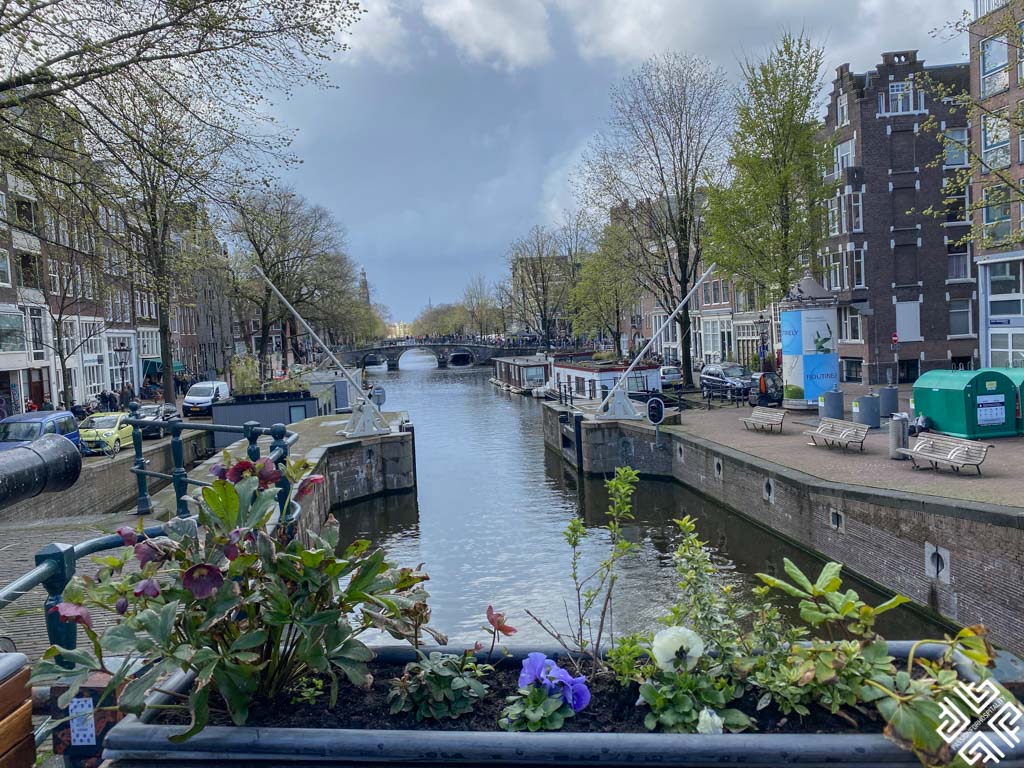
In fact many of the streets are named after various flowers and plants. Everywhere you look, blooming flowers planted in immaculate flower pots add to the magnificence of this inviting neighborhood, and every corner is lined with incredible photo opportunities.
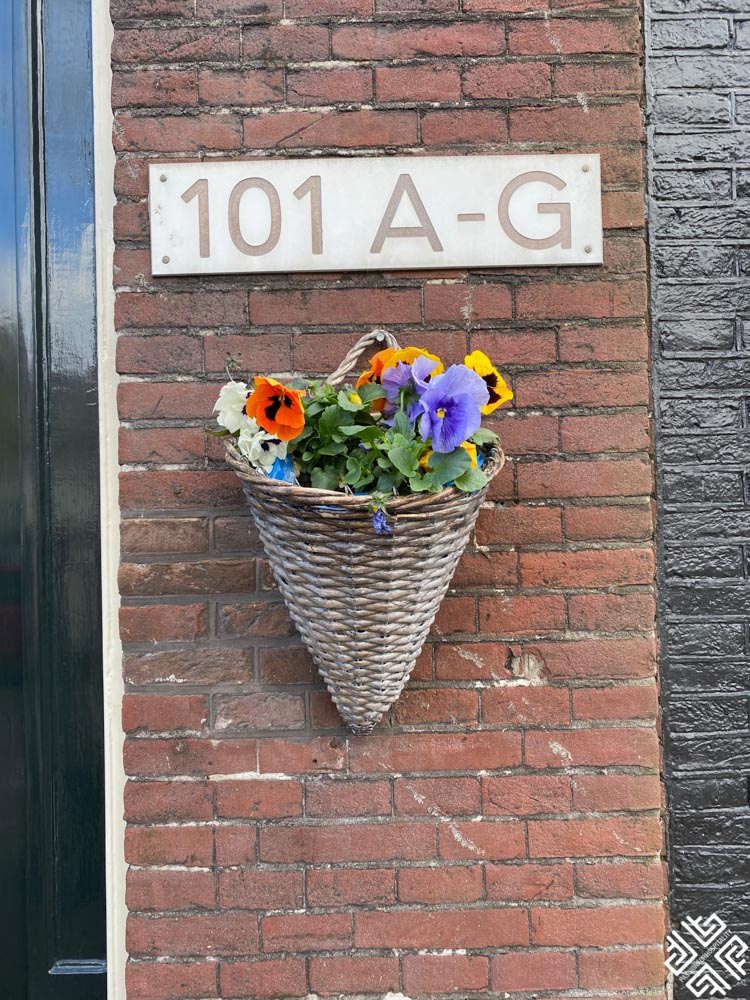
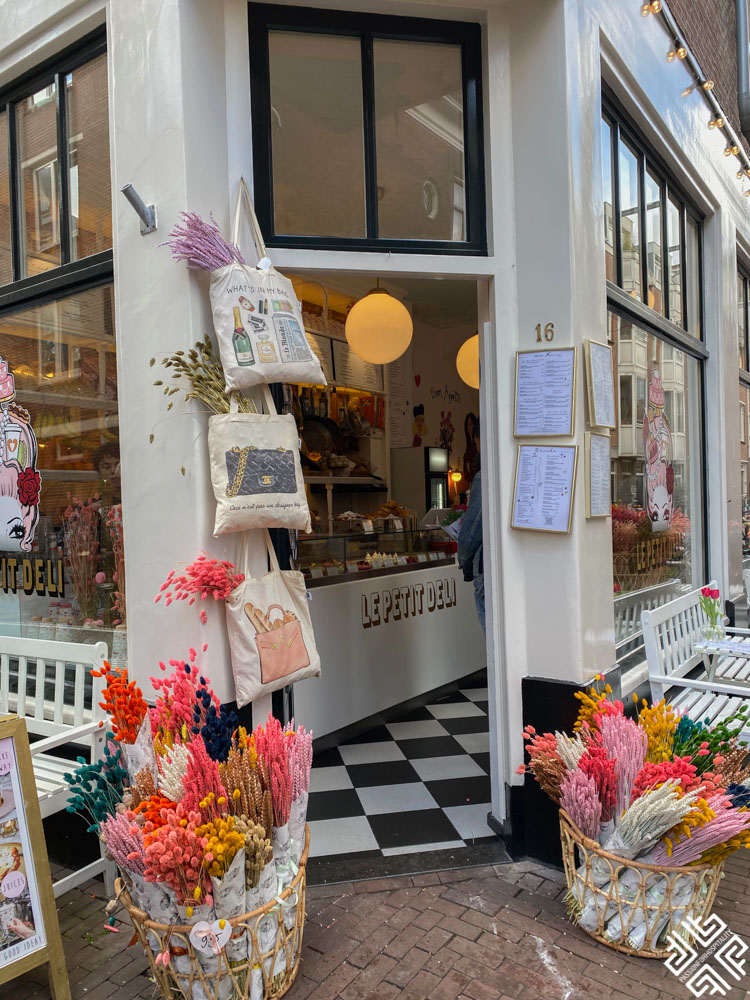
Another version of the name comes from the Jordan river, which contributes to the substantial number of Jews who fled to Amsterdam.
In the 17th century Jordaan was established as a refuge to fleeing immigrants from France, Spain, Portugal, England as well as other countries. The neighborhood of the working class quickly became over populated, as people lived in tiny houses with no sewage systems and running water.
The neighbourhood quickly adapted to many cultures and religions, however following a rebellion of the majority-Protestant Low Countries, Catholics were prevented from practicing their faith in public and all Catholic churches were turned into Protestant ones.

As a result several hidden churches were formed around the city. One one of the famous ones is the chapel “Ons’ Lieve Heer op Solder” (literally translating as, “Our Dear Lord in the Attic”).
During the 19th century Jordaan hit its lowest point due to the lack of maintenance and the neighbourhood’s decline continued until the beginning of the 1920’s. From the 1930’s sewage was installed and as the years progressed Joordan was discovered by artists and young professionals who were committed to reviving this part of Amsterdam. Today it is considered one of the best areas to live in.
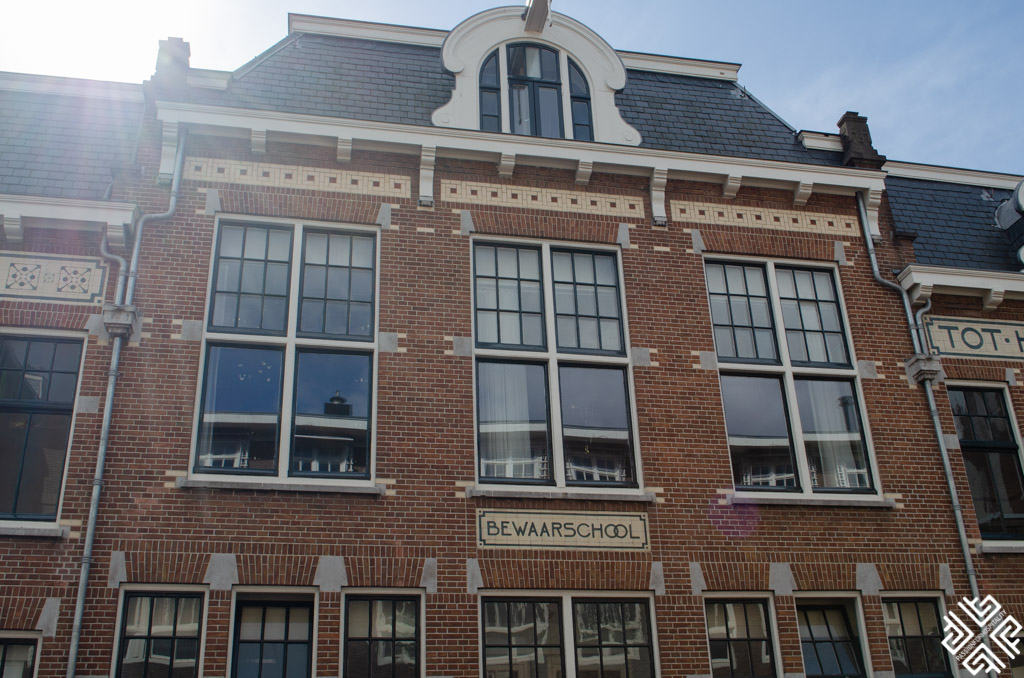
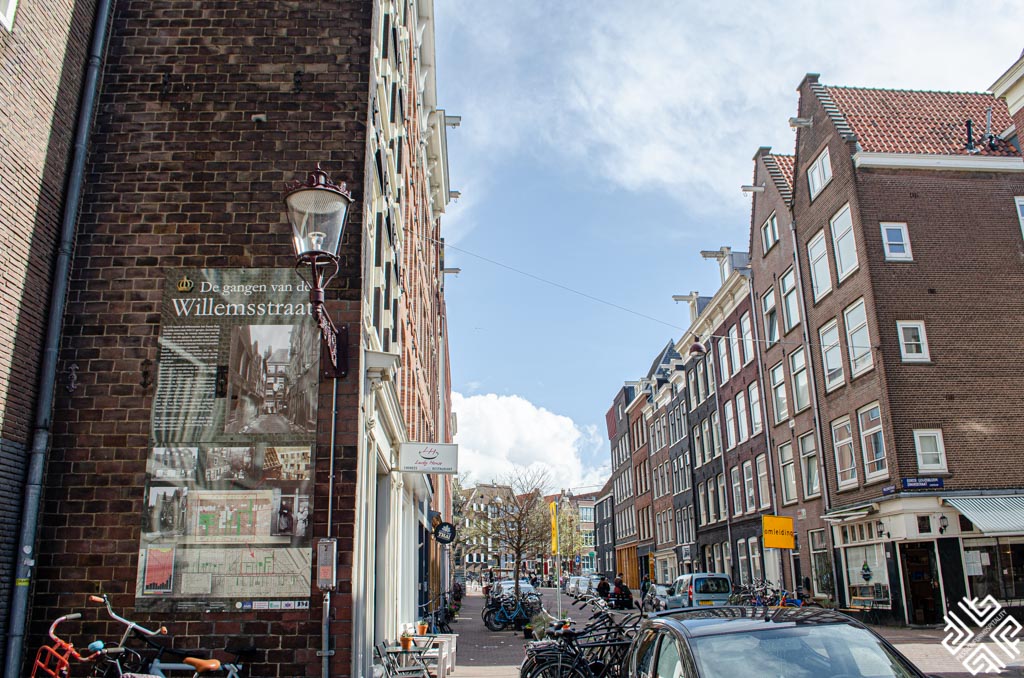
If you end up coming here on the weekend, on Saturday there is the Lindengracht Market where you can shop for all kinds of food, and there is also the organic food market, the Noordermarkt.
The Iconic Dishes in Jordaan Amsterdam we tried on our Eating Europe Food Tour
1. Try the Best Dutch Apple Pie at Cafe Papeneiland
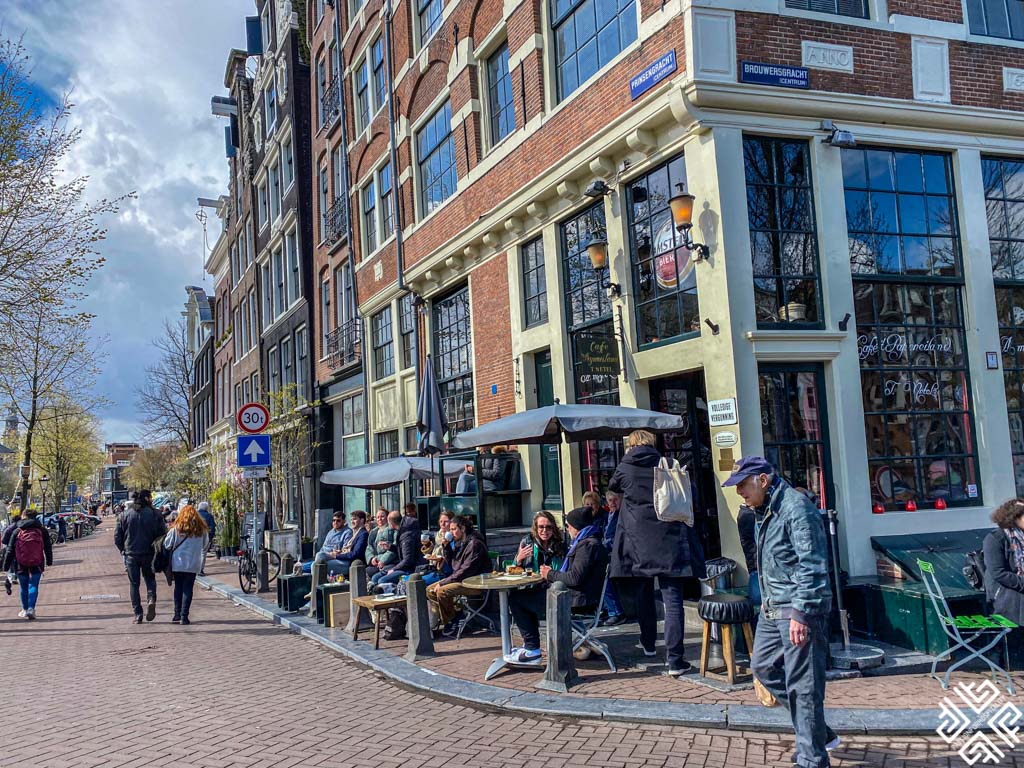
Our Saturday morning started in a charming, historical “cozy” cafe right along the canal. In the past such cafes would often be called the brown cafes because of its brown walls that absorbed the cigarette smoke of the smoking crowds. The exemplary decor displays fine examples of Delft plates and tiles, candle chandeliers and a welcoming fireplace. But that is not all, beneath this cafe lies a hidden tunnel that allowed worshippers in the 16th and 17th centuries to access the secret Catholic churches.
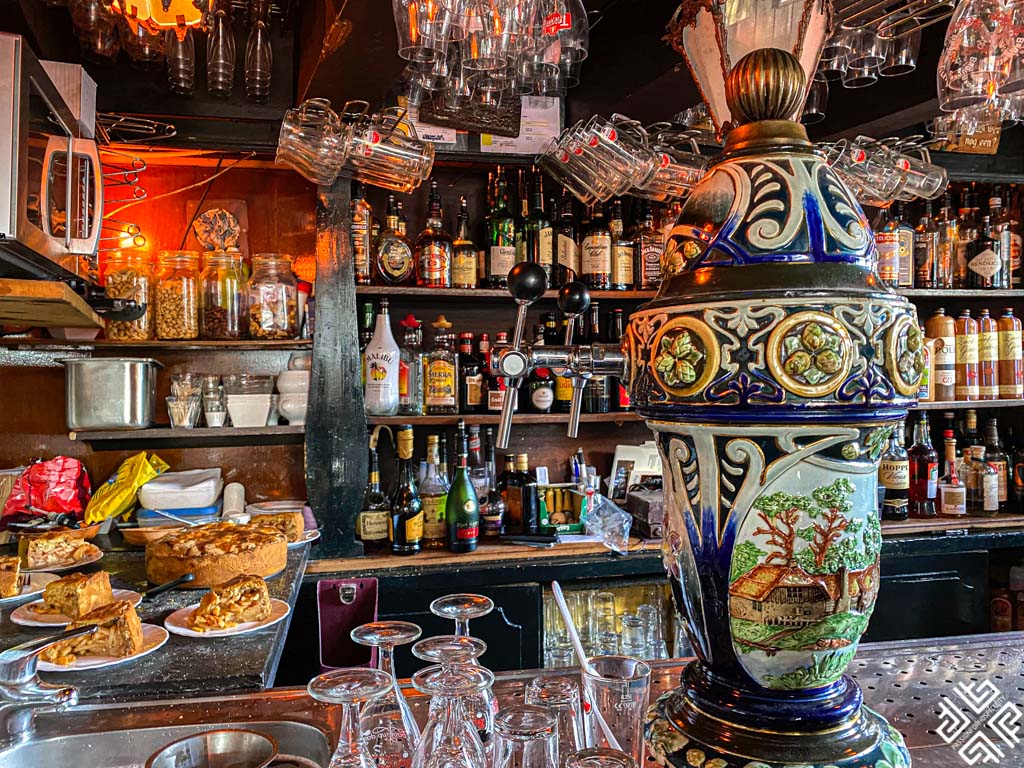
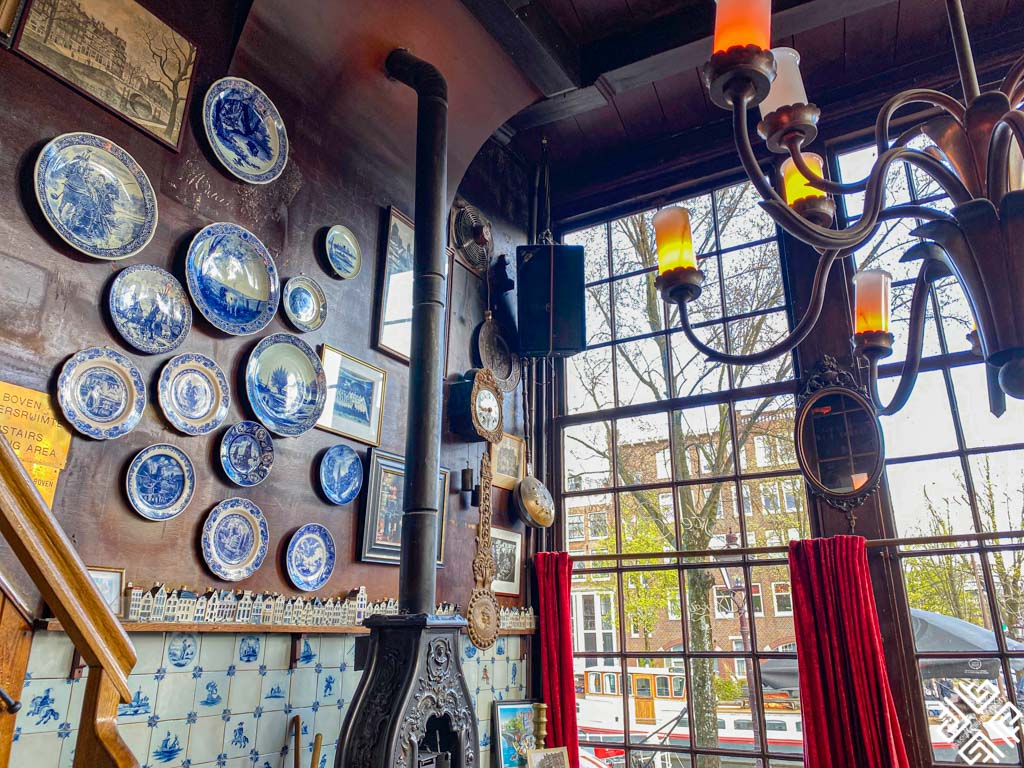
Today this cafe is known for its excellent apple pie, baked using a one hundred year old recipe, it is a fine balance of sweet apples and cinnamon spice, accompanied by a light and fluffy whipped cream on the side.
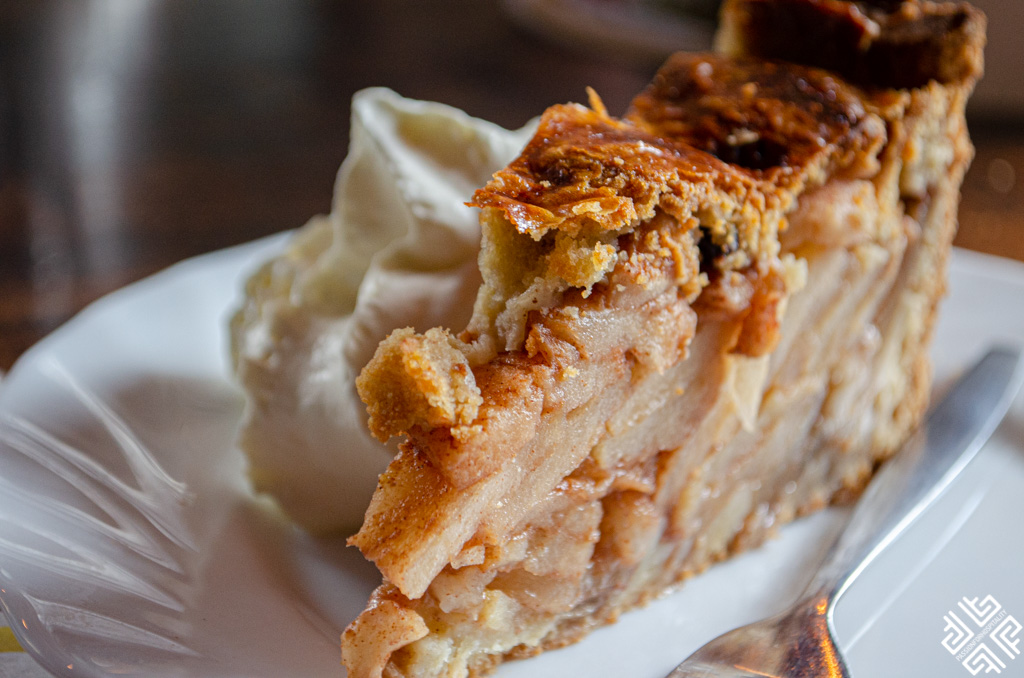
2. Fish bites – the famous Hollandse Nieuwe & Kibbeling
The Netherlands has a long standing tradition of fishing and one cannot leave Amsterdam without trying the famous herring (Hollandse Nieuwe). Pieces of raw herring are served topped with freshly chopped onions and gherkins (pickles). Fresh herring has a short shelf life and should be consumed almost immediately.
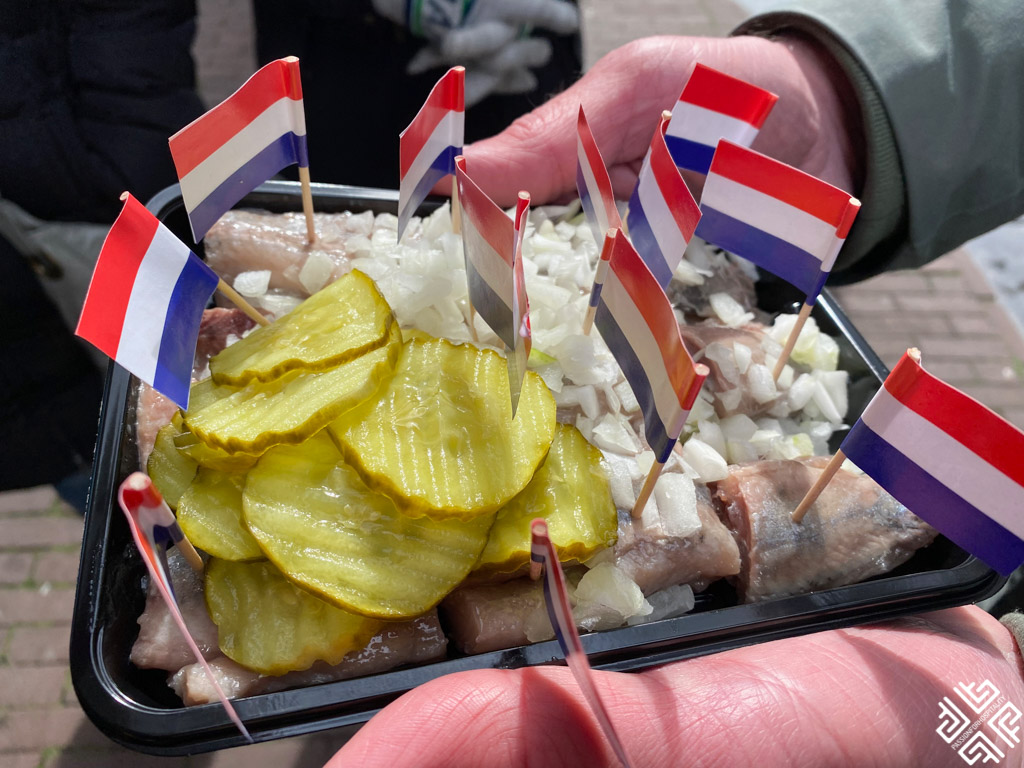
Now another Dutch street food delight you absolutely must try is kibbeling. Tender pieces of battered white fish deep fried in oil, served most commonly with garlic sauce. You can pair it with French fries for maximum flavor and enjoyment. Almost like fish and chips, but tastier.
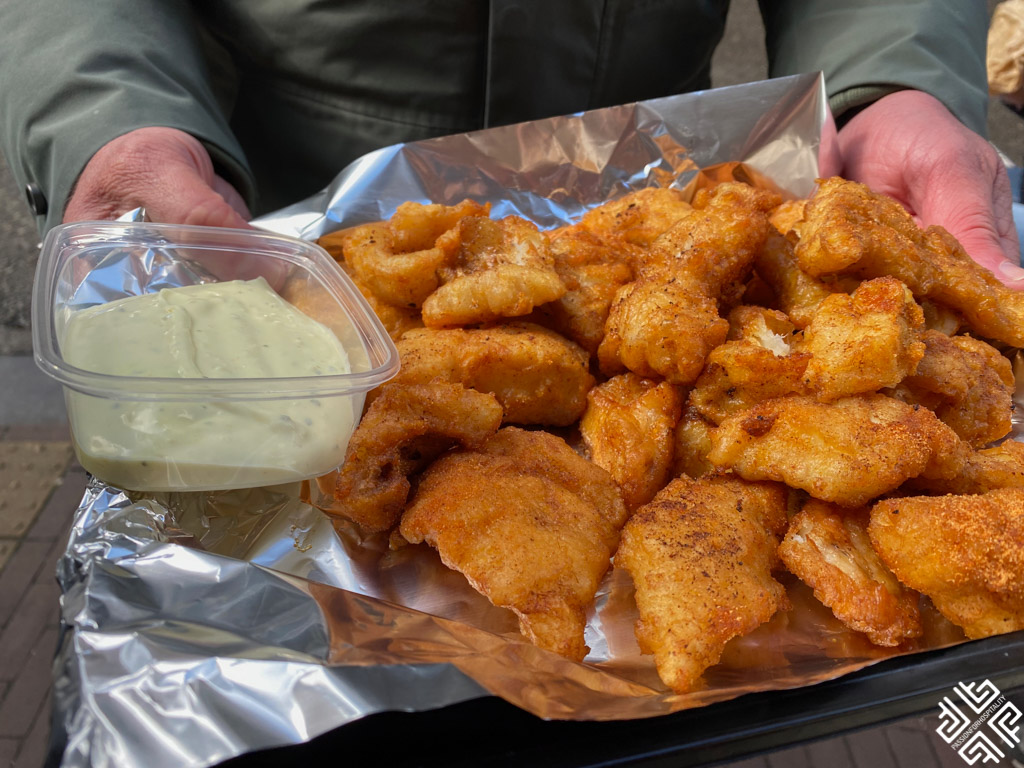
3. Say Cheese
One thing you should never tell a Dutch person is that you are not a cheese person. It’s almost considered an insult. Something that our local guide Gerard confirmed as he looked at me, quite surprised when I said that I’m not a huge cheese fan (I have a few cheeses that I’m extremely fond of).
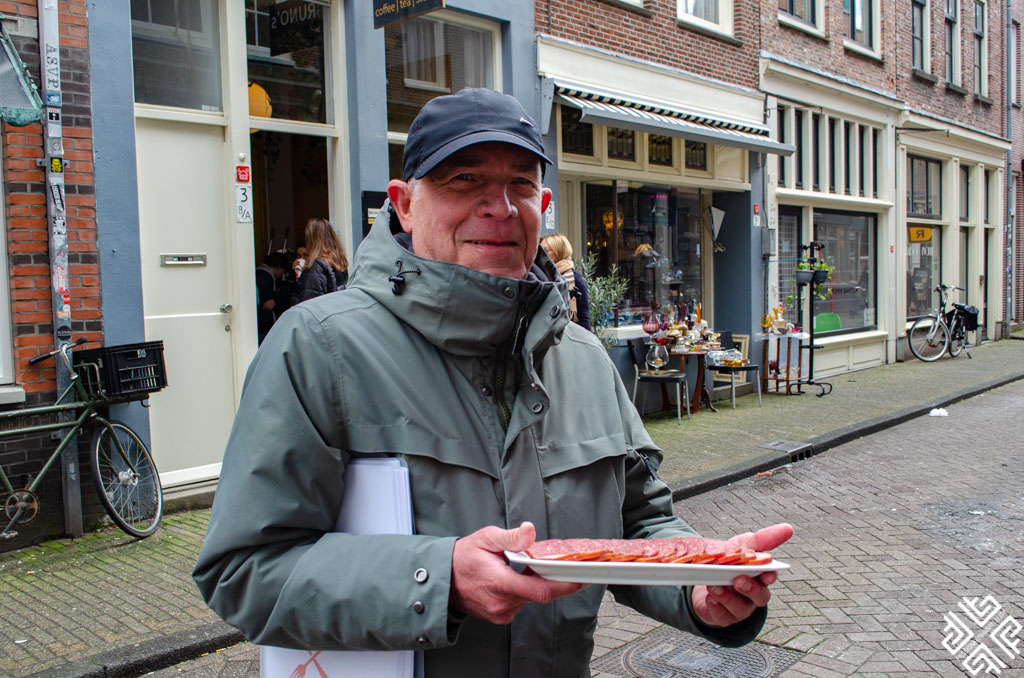
The Netherlands are most famous for producing Gouda cheese followed by Edam, among other cheeses. If you are a turophile, you will definitely find many flavors quite to your liking.
On our four hour walking food tour, we tried three different cheese varieties. The semi-hard 4 months old cheese, with a soft texture (bouren mes hangar), a Gouda cheese with cumin seeds (Leidse kaas) which belongs to the typical Dutch breakfast table, made of cow’s milk and an old aged cheese which is typically aged on average +/- 1-2 years. The last cheese was delightfully paired with a rather sweet pickled ginger, unlike something I’ve ever tried before.
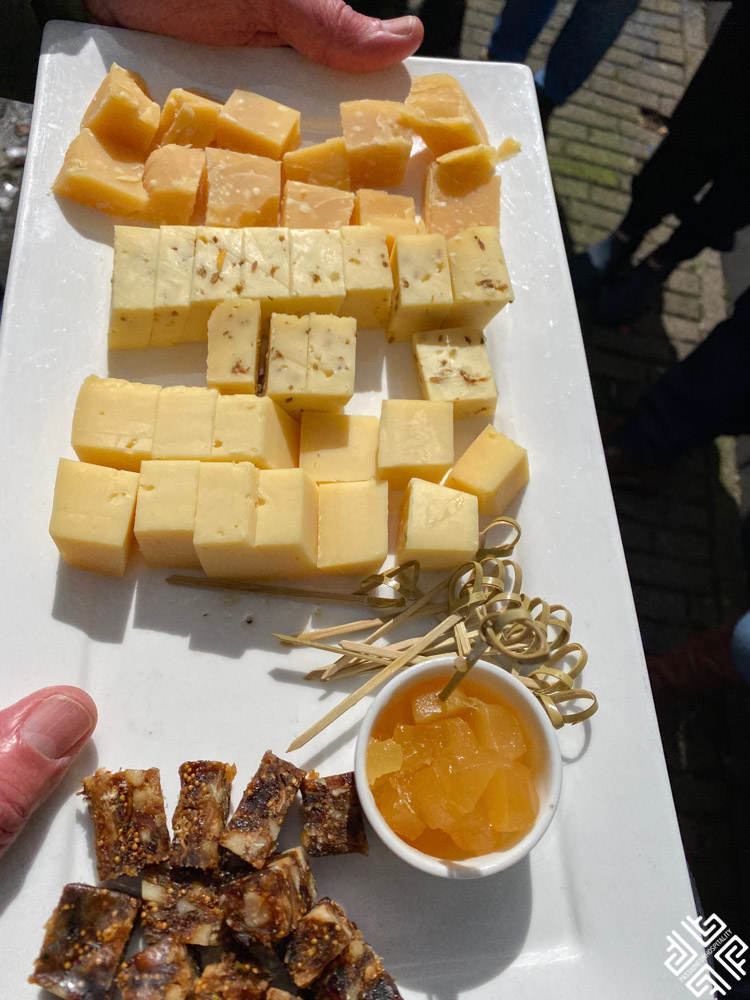
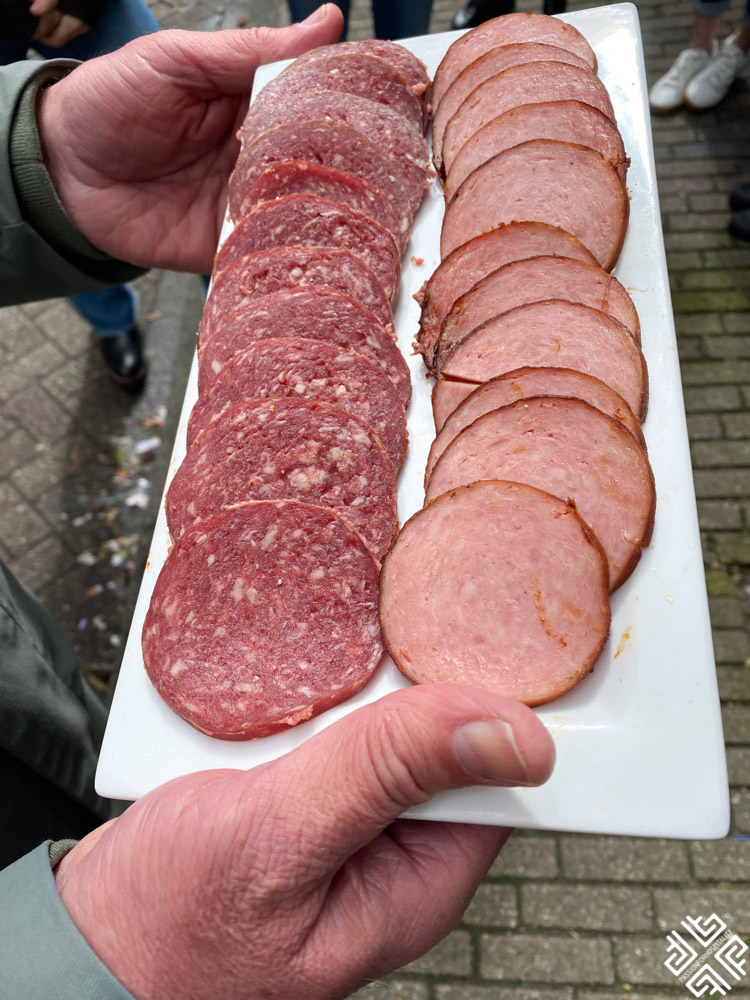
A proper feast always involved a well curated cheese and charcuterie board, thus we had the opportunity to taste the local meats too. A traditional smoked Dutch sausage, Ossenworst was originally made from ox meat cured with mix of herbs and spices, today it is made with beef. It is quite soft, anything like a salami. Another delicacy that we tried was a barbecue pork sausage with spices, that had a very soft taste.
4. Try Surinamese food in the Netherlands
The capital of Netherlands is a melting pot of various cuisines. Amsterdam has the largest number of different nationalities in the world thus it is evident in the choice of cuisines one can find in this vibrant city. Suriname is a former Dutch colony in South America, today it is an independent country located above Brazil.
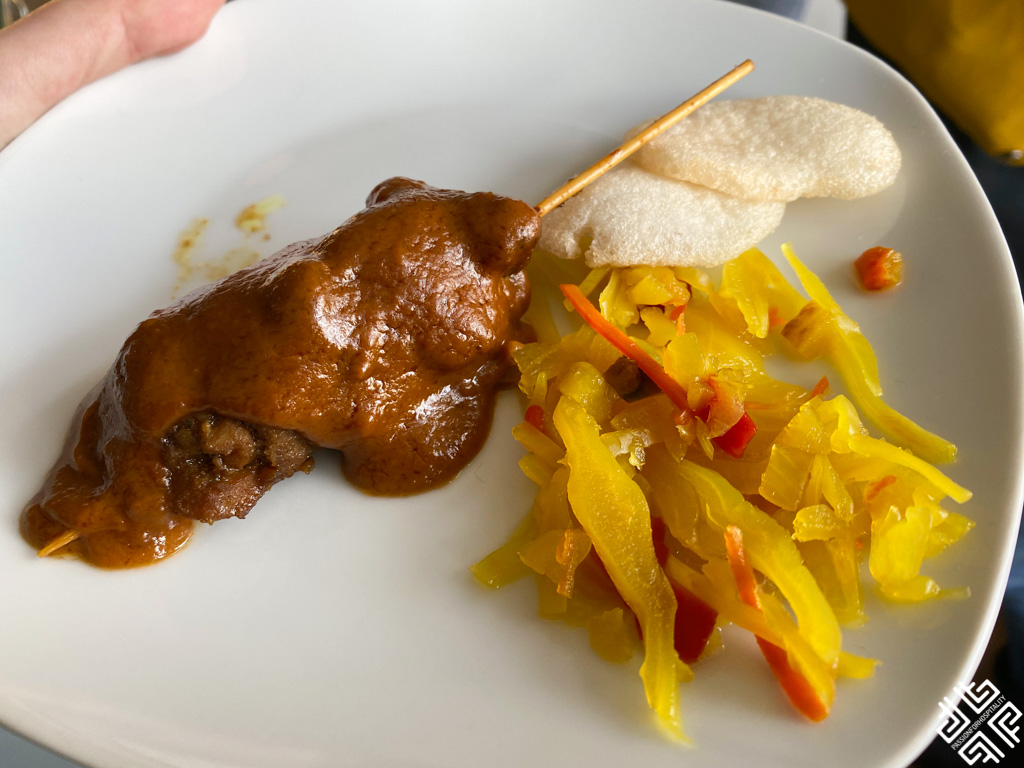
There are bout 350,000 Surinamese descendants living in the Netherlands.
On our food tour we had the opportunity to taste Surinamese/Indonesian food – Chicken satay (sate ajam, ajam is the Indonesian word for chicken) served with a peanut sauce, pickled root vegetables (ajar tjampour) and shrimp crackers (kroepoek).
5. Something for your sweet tooth
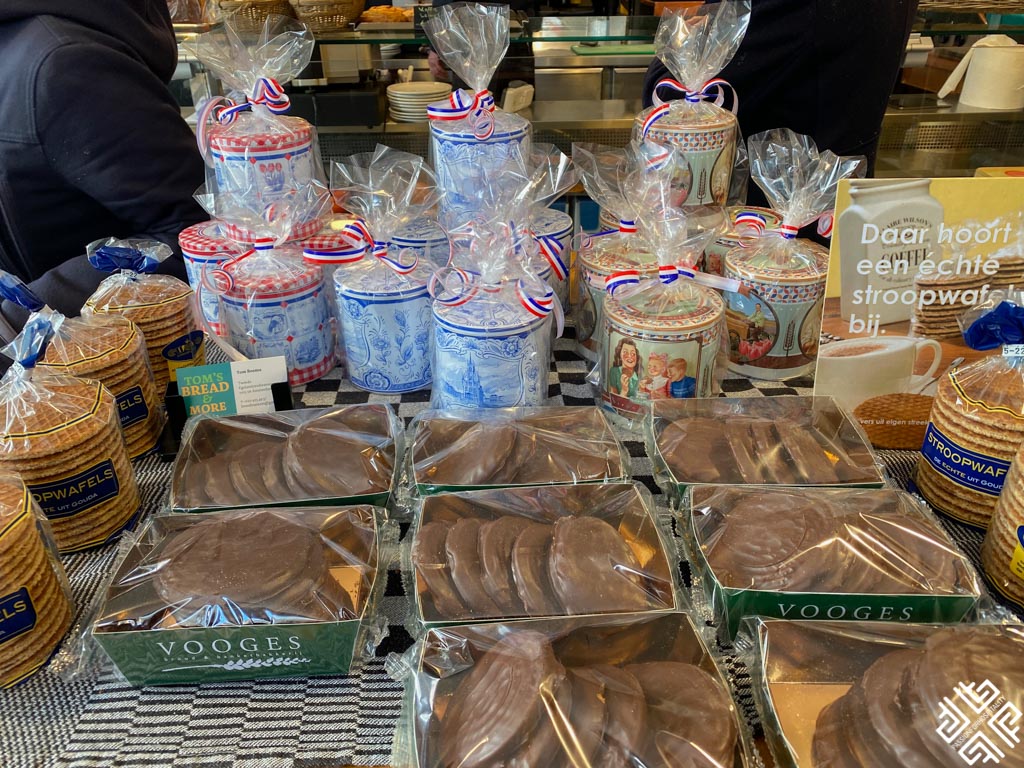
The Dutch Stroopwafels (syrup waffles) is a typical tea dessert which is made of two thin waffles with a buttery caramel filling. We stopped to try this staple Dutch dessert in a homey bakery, located on one of the charming cobblestone streets of Jordaan district.
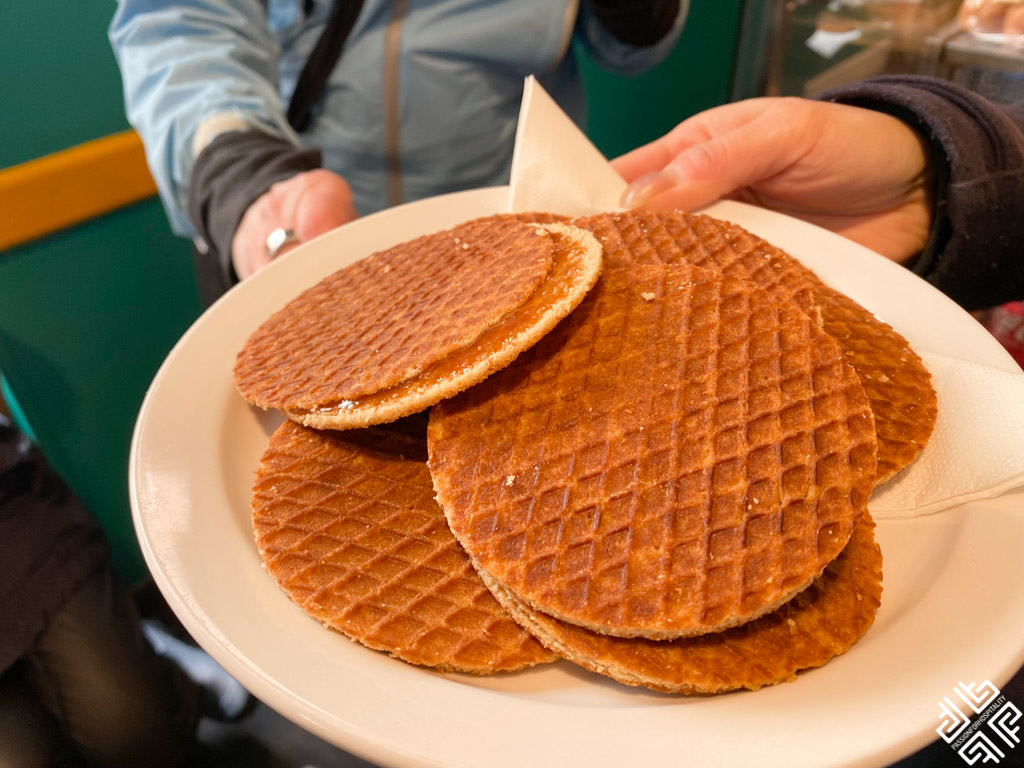
Although these syrup waffles are available everywhere for the best taste, opt for the freshly baked stroopwafels, trust me you will be glad that you did.
Munch on some bitterballen and toast with Jenever (Cafe ‘t Smalle)
The final stop of our food tour around Jordaan neighbourhood ended in a traditional bruin cafe (brown cafe) serving a hearty menu and Dutch beer. A food tour is never complete without first trying the national alcoholic drink – in this case it’s not beer but jenever, dubbed as the father of gin.

The liquor is made out of juniper berry, and once served as an aid to digestion. The drink is traditionally poured into a tulip-glass, and filled up to the brim. It is as strong as vodka or gin. Our jenever tasting was accompanied by a quintessential Dutch bar snack which is known as bitterballen. This is like a croquette, stuffed with either a meaty or vegetarian ragout, and looks like a fried meatball.
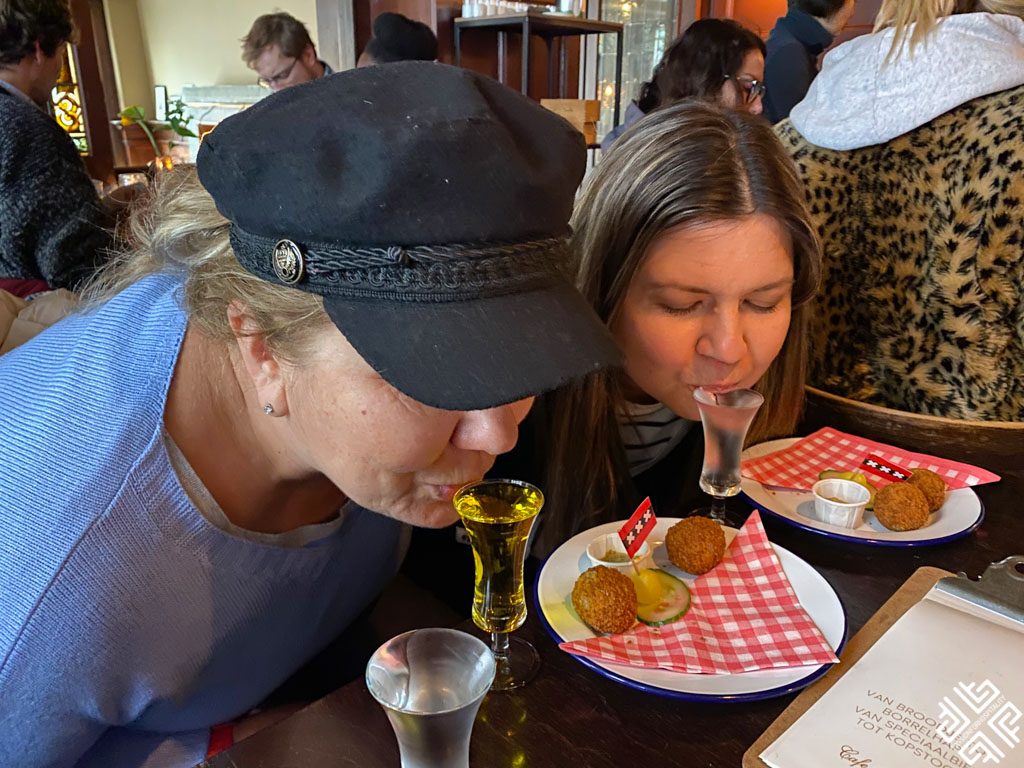
Amsterdam is full of historic highlights, fantastic dining options and very friendly people. It is definitely a city that will make you want to come back and discover it, all over again.
Also check out my previous reviews of Eating Europe Tours
Prague: Eating Europe: Prague Evening Food Tour Experience
Rome: Eating Italy: Vatican Area Food Tour
London: Twilight Soho Food Tour with Eating London
Joordan Food Tour
Duration: 4 hours
Price €89
Book your experience here: https://www.eatingeurope.com/amsterdam/
*Passion for Hospitality was a guest of Eating Europe, all opinions expressed are always my own.


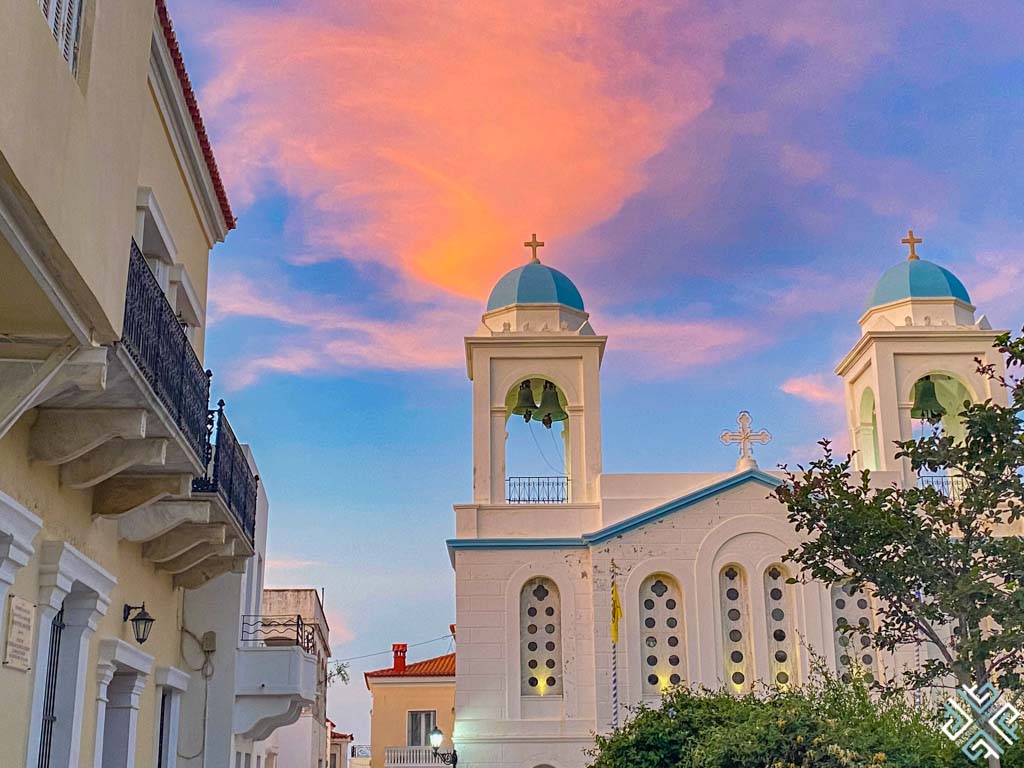
2 comments
Hello
Chicken satay (sate Ajam) is not Surinamese but Indonesian. On the plate is Sate Ajam (Ajam is the Indonesian word for chicken), kroepoek (the chips) and Atjar Tjampour ( vegetables). Except for Surinamese descendants , the Netherlands have many Indonesian and Chinese descendants living there since the 1950th when the former Dutch colony Indonesia (Nederlands-Indië) became independent. Henceforce the Indonesian/Chinese kitchen became very popular in the Netherlands. I am Dutch and grew up with this.
Greetings Diny
Thanks Diny for the feedback, I made a few adjustments. In this shop that we went to the wife of the owner is Surinamese. Heading to Indonesia in November and looking forward to try some more of their cuisine.